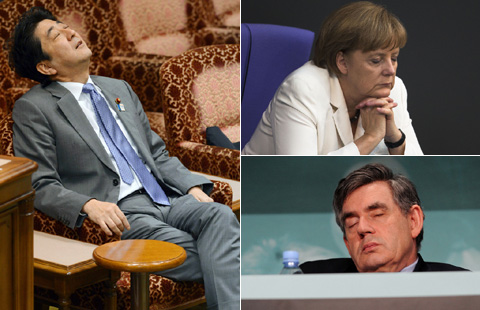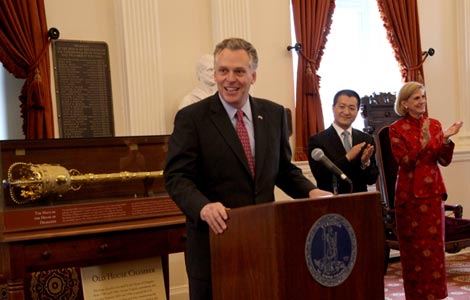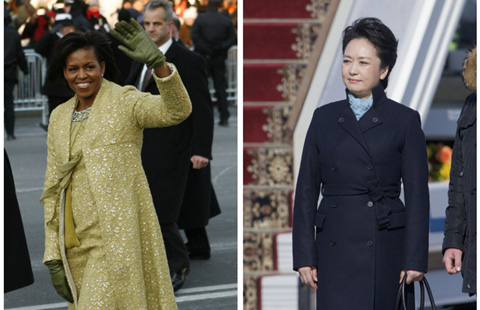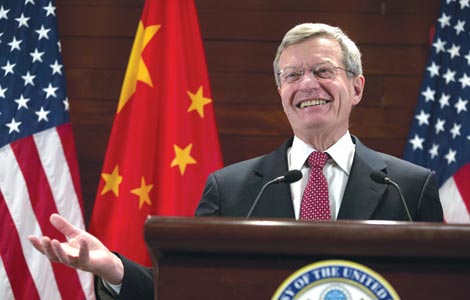Fed may raise rates next spring
Updated: 2014-03-20 11:09
(Agencies)
|
||||||||
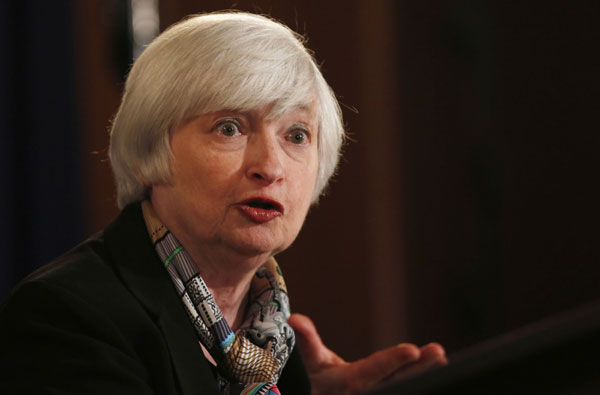 |
|
Federal Reserve Chair Janet Yellen talks at a news conference in Washington, March 19, 2014. [Photo/Agencies] |
Of the Fed's 16 policymakers, only one believes it will be appropriate to raise rates this year; 13 expect a first rate hike next year, and two others see the first rate hike coming in 2016, according to the new forecasts.
But once rate hikes start, Fed officials see slightly sharper increases than they did in December, when they last issued forecasts. They now see rates ending 2016 at 2.25 percent, a half percentage point above their December projections.
The unease in markets "might be a sign that people think Yellen will tighten sooner rather than later," said Wayne Kaufman, chief market analyst at Rockwell Securities in New York.
MEASURED WIND DOWN
The central bank proceeded with its well-telegraphed reductions to its massive bond-buying stimulus, announcing it would cut its monthly purchases of US Treasuries and mortgage-backed securities to $55 billion from $65 billion.
The decision to further scale back its stimulus keeps the Fed on track for the measured wind down laid out by Yellen's predecessor, Ben Bernanke. The Fed repeated that it plans to continue trimming the purchases in "measured steps" as long as labor conditions continue to improve and inflation shows signs of rising back toward the Fed's 2.0 percent goal.
The Fed's assessment of the US economy chalked up recent weakness partly to adverse weather.
It had said since December 2012 that it would not consider raising short-term rates until the jobless rate fell to at least 6.5 percent, as long as inflation looked set to remain contained.
But the unemployment rate has fallen faster than anticipated, and officials dropped the guidance, saying they would look at a range of economic indicators to judge the economy's readiness for higher rates.
Minneapolis Fed President Narayana Kocherlakota dissented, saying that getting rid of the numerical guidance could hurt the credibility of the Fed's commitment to return inflation to 2.0 percent.
Most Viewed
Editor's Picks

|

|

|

|

|

|
Today's Top News
Michelle Obama starts landmark trip
Australia resumes search for MH370
Russia starts sanction against US
Despair voiced in hunt for plane
Experts warn as yuan dips further
China talent top worry for US firms
Search for plane yields frustration, heartache
Quality is king in mobile games' race to the top
US Weekly

|

|
